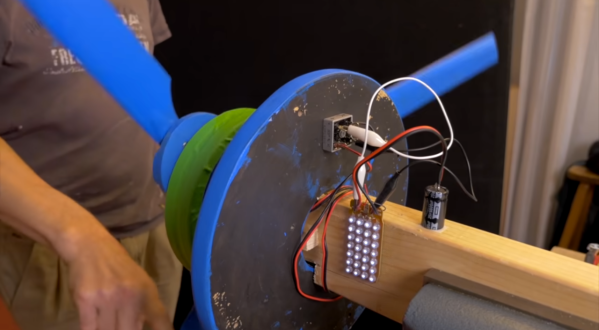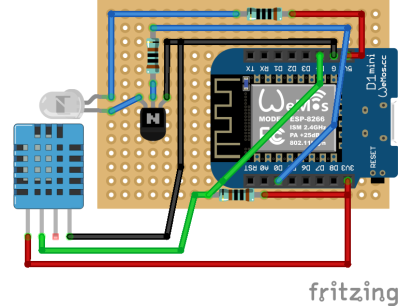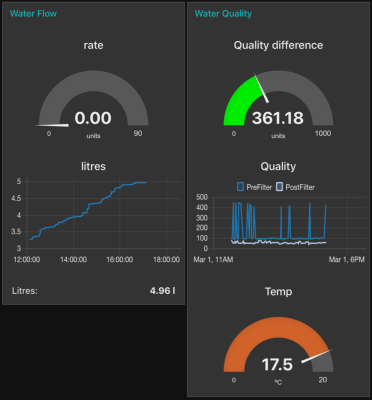It’s not uncommon to drive around the neighborhood on trash day and see one or two ceiling fans haphazardly strewn onto a pile of garbage bags, ready to be carted off to the town dump. It’s a shame to see something like this go to waste, and [Giesbert Nijhuis] decided he would see what he could do with one. After some painstaking work, he was able to turn a ceiling fan into a wind turbine (of sorts).
While it’s true that some generators and motors can be used interchangeably by reversing the flow of electricity (motors can be used as generators and vice-versa) this isn’t true of ceiling fans. These motors are a type called induction motors which, as a cost saving measure, have no permanent magnets and therefore can’t simply be used as a generator. If you make some modifications to them, though, like rewiring some of the windings and adding permanent magnets around them, you can get around this downside of induction motors.
[Giesbert] does note that this project isn’t a great way to build a generator. Even after making all of the changes needed to get it working, the motor just isn’t as efficient as one that was built with its own set of magnets. For all the work that went into it, it’s not that great of a time investment for a low-quality generator. However, it’s interesting to see the theory behind something like this work at all, even if the end result wasn’t a complete wind turbine. Perhaps if you have an old ceiling fan lying around, you can put it to better use.
Continue reading “Turn A Ceiling Fan Into A Wind Turbine… Almost”




![An American-made Windsor chair from the turn of the 19th century. Los Angeles County Museum of Art [Public domain]](https://hackaday.com/wp-content/uploads/2019/05/Windsor_Arm_Chair_LACMA_54.80.jpg?w=280)






 The water passing through the filter is monitored by a couple of DFRobot TDS modules, a flow meter, and a DS18B20 temperature sensor. The data from these is fed into an ESP32 dev board, which makes it available by a web interface for handy accessibility through a smartphone. It can then be used to work out how much of the filter’s capacity has been used, and indicate when a replacement is needed. All the code is available in
The water passing through the filter is monitored by a couple of DFRobot TDS modules, a flow meter, and a DS18B20 temperature sensor. The data from these is fed into an ESP32 dev board, which makes it available by a web interface for handy accessibility through a smartphone. It can then be used to work out how much of the filter’s capacity has been used, and indicate when a replacement is needed. All the code is available in 








